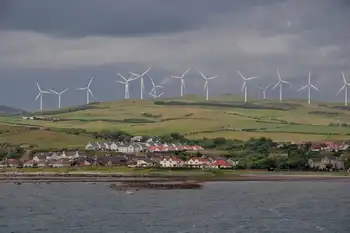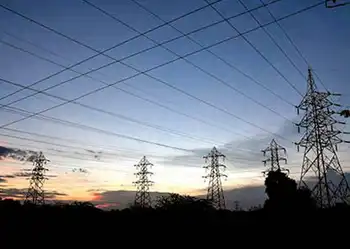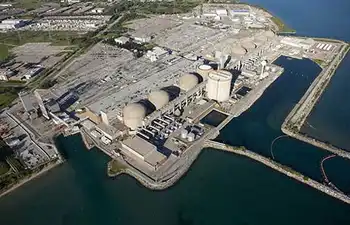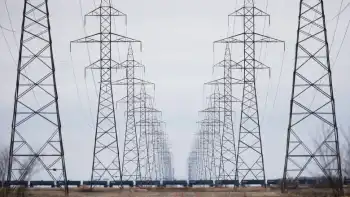Jobs blooming from companies' growing green focus
By Vancouver Sun
Arc Flash Training CSA Z462 - Electrical Safety Essentials
Our customized live online or in‑person group training can be delivered to your staff at your location.

- Live Online
- 6 hours Instructor-led
- Group Training Available
Industries such as accounting are seeing the positive effect tighter environmental measuring, monitoring and reporting regulations are having on their business. Some companies are even creating dedicated positions to oversee environmental targets and strategies.
Meantime, workers in the traditional environmental sector also are watching their range of services, and the employees who deliver them, evolve. In the financial services sector, some companies are reporting benefits to their bottom lines by reducing paper usage, for instance, while also seeing an emerging area of business in helping clients become greener. “As an industry, everyone is looking for what those market opportunities are right now,” says Mario Paron, chief human resources officer for KPMG LLP in Canada.
He says KPMG has to walk the talk if it wants to have any credibility with clients. “Every client will automatically ask you to tell them how you’ve implemented this or what you’re doing in this area,” Mr. Paron says.
The firmÂ’s employees are eager to share with clients how they have integrated a particular environmental strategy into their operations. As one of MediacorpÂ’s greenest employers in Canada this year, the firm is recognized for launching initiatives such as reducing paper use in its offices, funding environmental groups and moving into a new gold-level-certified green building this fall in Toronto under the Leadership in Energy and Environmental Design (LEED) standards.
“Corporate social responsibility is becoming increasingly important to business,” says Tania Carnegie, national leader of corporate citizenship for KPMG.
As well, being a green employer gives the firm a competitive advantage in recruiting younger employees. “When (young recruits) are assessing their choices as to what type of organization they want to be associated with, the entire (CSR) and green aspects are definitely things they ask us about,” Mr. Paron says.
Other green initiatives include:
• Intrawest ULC at Whistler Blackcomb in British Columbia assigned “environment co-ordinators,” who are dedicated to helping the company reach its goal to have a carbon-neutral footprint by 2010 through such initiatives as building a $32-million hydroelectric plant inside its ski hill area that will produce surplus electricity to sell back into the grid.
• New Flyer Industries Canada ULC has an environmental coordinator to ensure it meets its environmental targets.
• Enmax Corp. in Calgary created the largest wind energy farm in Alberta with 32 turbines, and the firm’s chief executive turned his home into a small co-generation plant that sells electricity back into the grid.
• Architects are increasingly adding a green dimension to their skills, with firms such as Busby Perkins + Will Architects Inc. and HOK Canada get more of staff LEED-accredited. Both firms have more than 750 certified staff worldwide, or as much as 60% of their workforces.
• Governments are also contributing to the rise of green jobs. Alberta, for example, committed $2-billion to carbon capture and sequestration technology for the oil patch, while the federal government committed $3.4-billion to clean up federally owned sites through the Federal Contaminated Sites Action Plan.
“I would say [the field] is definitely broadening,” says Judith Glazier, a senior hydro-geologist with AMEC in Calgary.
“There’s definitely been a shift toward brand new sites, things like the oil sands, which is keeping a lot of us busy,” she says.











